Over the past 20 years I’ve had a ringside seat to the global energy transition, primarily in the Australian solar sector. Australia has played an outsized role in developing solar PV efficiencies in the lab (thank you Professor Martin Green) and deploying extremely low-cost solar rooftop solar to nearly 35% of households across the nation. I’ve also seen the shift of influence from Europe to China, and in 2024 I learned two big lessons: battery technology is far more advanced than I expected, and I watch the space closely; and while some countries are still attempting an energy transition, others are leaping ahead into the change.
To help set the stage we need to acknowledge that Europe set strong foundations. Taking inspiration from the German “Coal Penny” (Kohlepfennig), a surcharge added in 1974 to all electricity bills to support the German domestic coal industry, a group of renewable energy pioneers developed the solar feed-in-tariff. Introduced in 2000, the German feed-in-tariff made solar bankable and the domestic solar industry took off.
As we’re constantly reminded, the sun doesn’t always shine and the wind doesn’t always blow. Fair point … until now. Battery storage is here. In September 2023 I attended Solar + Storage, the big annual solar conference in the UK. I saw what I expected, bigger cheaper solar panels and lots of battery storage and inverter companies displaying household 13.5 kWh size batteries. In 2024 I attended the same conference in Birmingham, now called Solar and Storage (great tell there), and the wall-mounted battery units were suddenly containerised. For every major player, grid-scale containerised products had replaced their tiny household battery range. What I thought would take five years, had taken 12 months.
The reason why this is transformational is not the technology super sizing, or the new chemistry technology within the various battery forms, it is the steep price reduction. I’ve seen this movie once before in the solar sector. When I first joined the industry in 2006 solar panels were ~$5/watt, they’re now $0.10/watt. Batteries are in price free fall. I’ll unpack why, and the engine behind it.
Our global energy system is shifting from fossil fuels ‘molecules’ that drove the 20th century economy to cheaper, cleaner 21st century ‘electrons’. The next engine is building the electrification of everything. Clean electrons are now cheaper, much cheaper, and combined with low-cost battery storage the change is coming faster than I expected. The brute force of economics, like gravity, is unforgiving.
The electrostate is not a new idea. The idea had been in the works for some time, with China taking the lead. In a recent ‘Cleaning Up’ episode, Petrostate USA vs Electrostate China – Place Your Bets, Michael Liebreich and Bryony Worthington discuss the step change in China’s manufacturing and deployment of solar, batteries and EVs and how the US is stuck in 20th century ‘drill baby drill’ mindset. What has now become clear is the stark contrast of economies in transition and those in transformation.
Let’s support these ideas with data points. Base load batteries are here, in the Middle East, the UAE’s 24/7 19 GWh battery project is a recent example that big petrostates are taking low-cost clean energy seriously. And California has some of the cheapest LNG gas on the planet. A natural advantage for the 7.1 GW of gas peaker plants in the Californian ISO. The combination of low-cost grid-scale solar and GW-scale battery storage is making gas peakers uneconomic, in one of the cheapest gas markets on the planet. The NYT times article Giant Batteries Are Transforming the Way the US Uses Electricity unpacks some of the data. My view is that the gas peakers in California are ‘dead assets peaking’. In January 2025 BP cut 5% of its workforce, another tell for those in the molecules business.
So if battery storage is the key, why has it taken so long for there to be a step change in months not years? Hint, the engine underneath battery storage is the entire road transport sector. Let’s start with high-end sports cars. The recently launched BYD YangWang U9 costs USD 236,000 ($383,5000). The McClaren or Ferrari equivalent, and not as nice to drive, costs USD 2,500,000. Half the cost against unfamiliar Chinese brands is not an issue for European and American buyers. One tenth of the cost, and better build quality and technology, we got a problem Houston. 100% tariffs, same problem Houston.
The pushback against electric transport will continue for some time for those economies in transition. China saw the potential and installed 6 million EV charging stations, over the same period the US installed 146,000.
Making and selling solar, wind, batteries and EVs for a global market taking advantage of cheaper cleaner electrification of everything makes China the dominant electrostate, now and into the future. The petrostates will try and hang on as long as they can, although what I learned in 2024 is that it’s going to get harder and harder.
The challenge for the West is the disconnect between how mainstream media portrays the energy transition and the stats that support a very different picture. To understand this better I invited Tim Buckley from Climate Energy Finance onto my Spark Club podcast. From our regular conversations I’ve come to understand China sees every country as a market, with no exceptions. China is building an electrostate and they’re committed to it economy wide. What may have started out as a state project to reduce their dependence on foreign fossil fuels has now unlocked the engine for the modern Chinese economy.
It’s clear China is leading the energy transformation. So are there any fast followers? Nation states that have come out of nowhere to be on a similar accelerated path. The answer is Pakistan. And spiking electricity costs, rising 155% over three years, are the main driver. In 2023 Pakistan had a strong solar PV market, however 2024 was a step change growing to 17 GW of solar panels imported from China, making Pakistan its third biggest market. A step from energy transition to energy transformation in just 12 months.
So low-cost solar is the key. I witnessed firsthand a steep decline in price in the solar sector over the past two decades, attributed primarily to its scale. Slow and steady improvements in the lab and the factory floor compound to unlock the lowest cost energy in history. And costs of solar panels continue to decline. In my recent podcast with Andrew Birch from OpenSolar two big stats jumped out: Solar energy is projected to go from 5% of global energy generation in 2025 to 50% by 2035. Birchy’s work on the S-Curve projects more than 100 million jobs will be created by the global solar industry over the next decade, that’s not a typo.
Extremely low-cost clean energy plus battery storage, and EV transport on the horizon, provides a clear choice for all global nations: adopt a slow pace of energy transition, or unlock the value for their economies, their citizens and the planet. The opportunity for nations to leap from transition to an energy transformation and electrifying everything is more achievable than ever. The low-cost clean technology exists, the lights will stay on and cost less, and our vehicle transport will be cheaper and cleaner. Sounds utopian. For the ‘drill baby drill’ crew the energy transition is a slow walk. It’s time to set the bar higher and ‘shine baby shine’ into the energy transformation.
Author: Grant McDowell, Head of Strategy and Product, Co-Founder, Enosi Energy
The views and opinions expressed in this article are the author’s own, and do not necessarily reflect those held by pv magazine.
This content is protected by copyright and may not be reused. If you want to cooperate with us and would like to reuse some of our content, please contact: editors@pv-magazine.com.
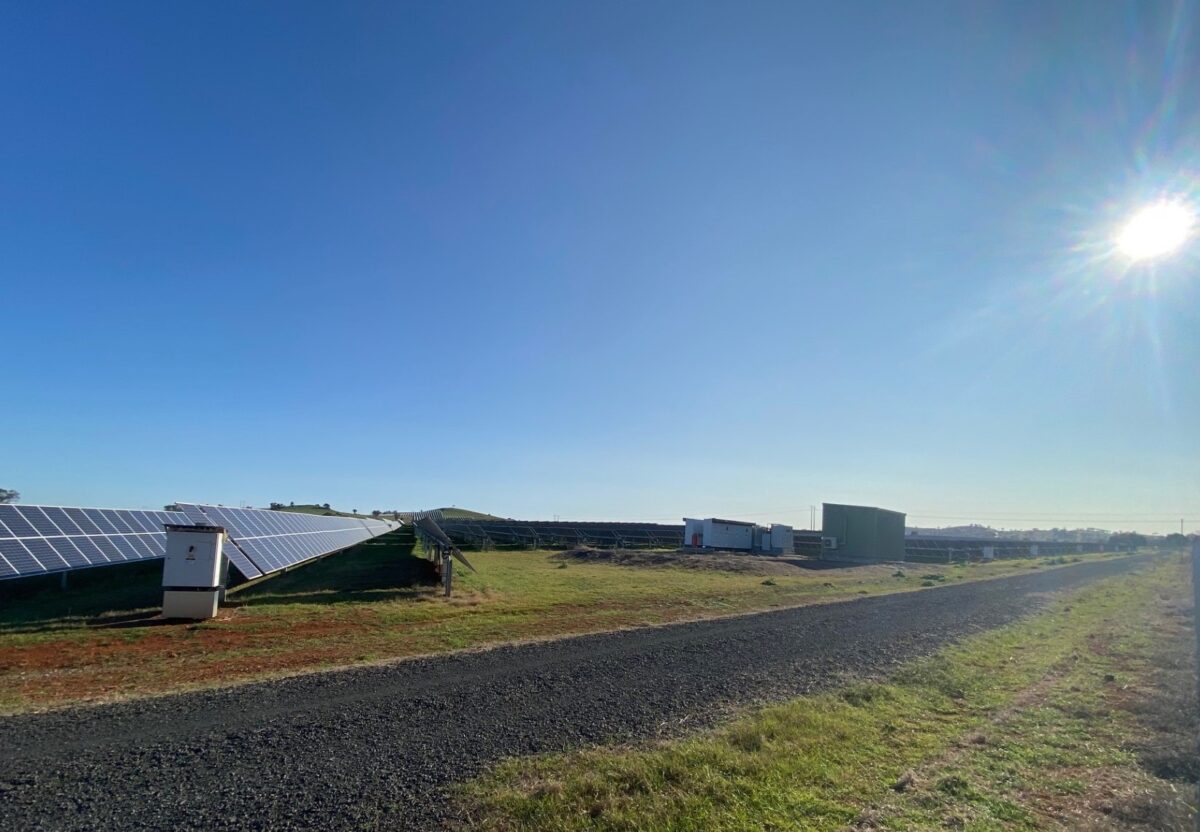
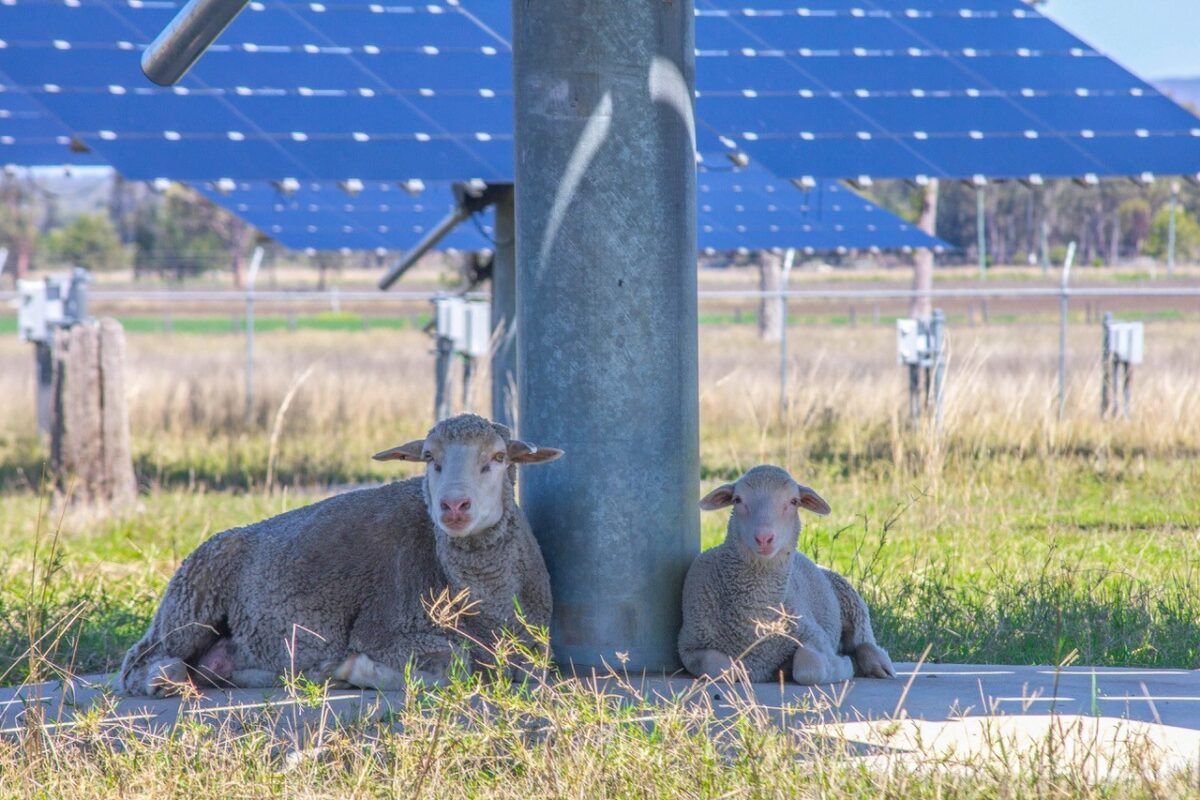

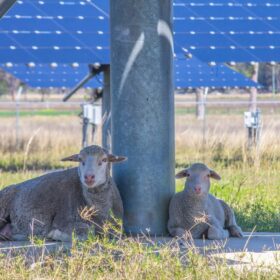
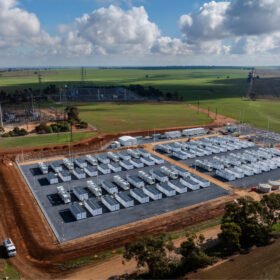


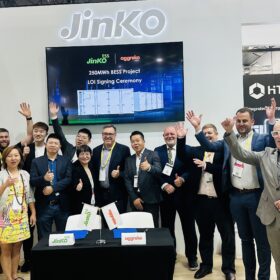
By submitting this form you agree to pv magazine using your data for the purposes of publishing your comment.
Your personal data will only be disclosed or otherwise transmitted to third parties for the purposes of spam filtering or if this is necessary for technical maintenance of the website. Any other transfer to third parties will not take place unless this is justified on the basis of applicable data protection regulations or if pv magazine is legally obliged to do so.
You may revoke this consent at any time with effect for the future, in which case your personal data will be deleted immediately. Otherwise, your data will be deleted if pv magazine has processed your request or the purpose of data storage is fulfilled.
Further information on data privacy can be found in our Data Protection Policy.